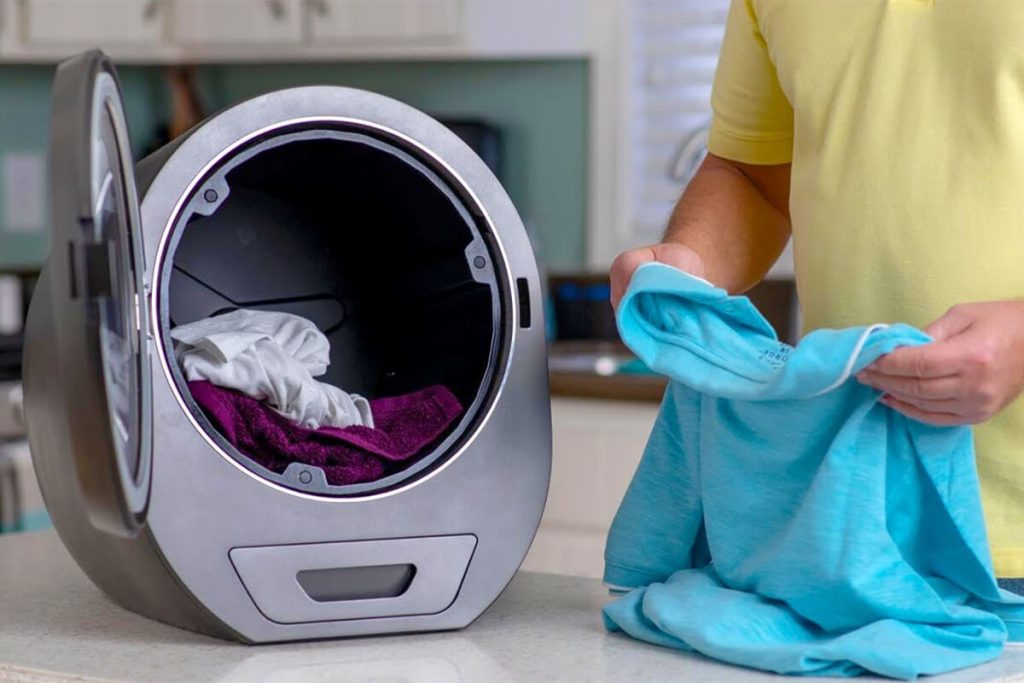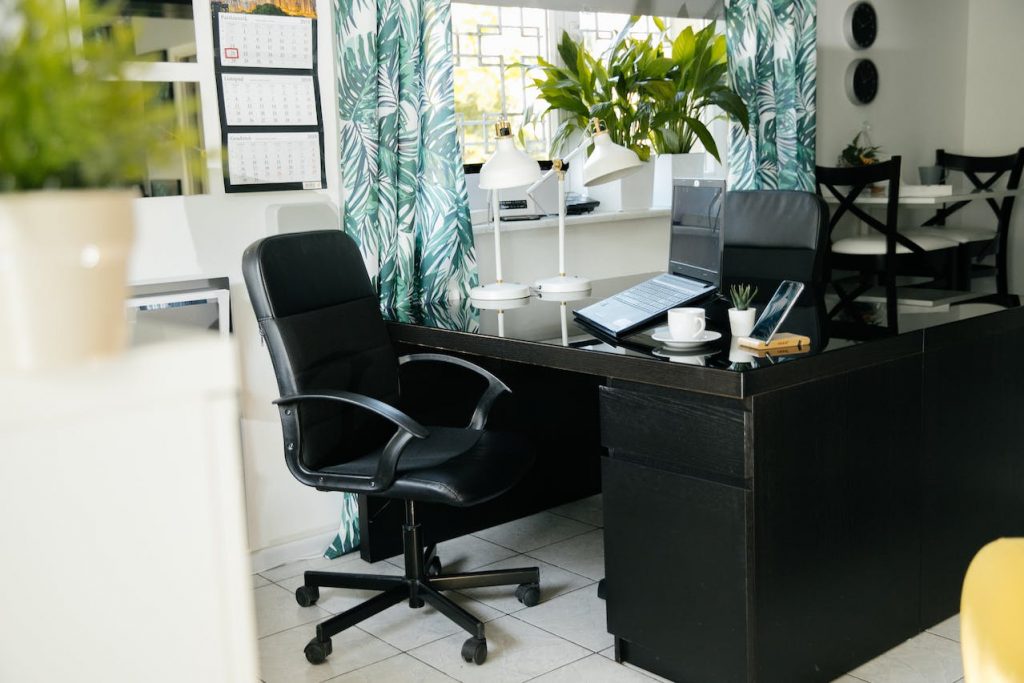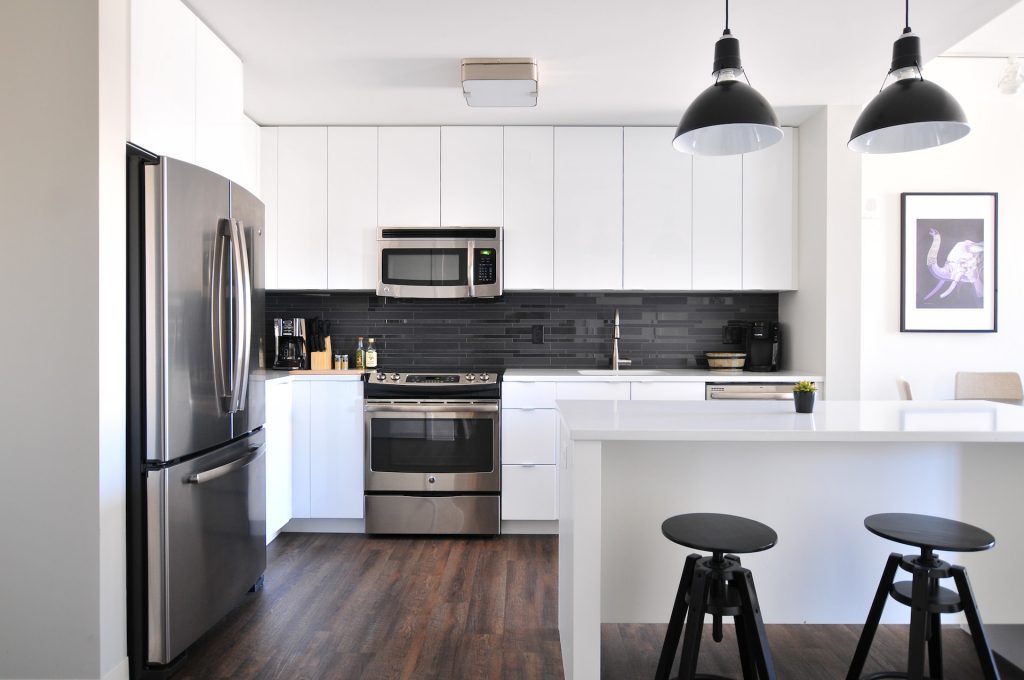Air conditioning has become a standard feature in most modern homes, offering a refreshing respite from the sweltering summer heat. But what if you need a more flexible, easily movable cooling solution? That's where portable air conditioners come in, and this guide will walk you through everything you need to know to choose the right one for your space.
Types of Portable Air Conditioners
Understanding the diverse types of portable air conditioners can make the decision-making process much more manageable. Let's delve into the specifics:
Single-Hose Units

Hvacseer
Single-hose units operate using one hose to exhaust the hot air out of the room through a window. They are typically more affordable and simpler to install than their dual-hose counterparts. However, they may be less efficient, as they create negative pressure, possibly allowing warm air to enter the room.
Dual-Hose Units
In contrast, dual-hose units utilize two hoses—one for intake and one for exhaust—providing more efficient cooling. Although these models tend to be more expensive and might require more space, they offer faster cooling and better energy efficiency, which can translate into long-term savings.
Ventless (Evaporative) Air Coolers
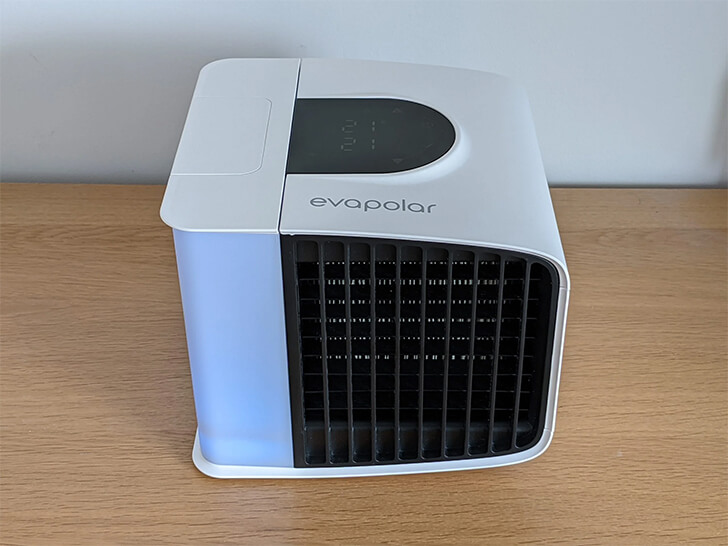
Trusted Reviews
Ventless or evaporative air coolers use water to cool the air and don't require an exhaust hose, relying instead on evaporation. These units are particularly effective in dry climates and eliminate the need for a window exhaust kit. However, they may not be as suitable in humid areas and generally offer less cooling power than traditional AC units.
Heat and Cool Units
Heat and cool units present a versatile option that can heat in winter and cool in summer. This multifunctionality can save on the cost of purchasing separate heating and cooling devices. Though these units may be more expensive upfront than standard cooling-only models, they provide a year-round solution that may justify the higher price tag.
Smart Portable ACs
For those who value cutting-edge convenience, smart portable ACs, controlled via smartphones, tablets, or even voice assistants, are an appealing choice. While these high-tech units generally come with a higher price due to their advanced technology, they offer unrivaled ease of use and the ability to control settings remotely.
Understanding BTUs
First and foremost, understanding BTUs (British Thermal Units) is key when shopping for a portable AC unit. This measurement quantifies the cooling power of an air conditioner, determining how efficiently it can cool a given area. Generally speaking, the higher the BTU rating, the larger the room the unit can cool.
Here's a general guide:
5,000 to 8,000 BTUs: Suitable for small rooms up to 200 square feet.
8,000 to 12,000 BTUs: Ideal for medium rooms ranging from 200 to 400 square feet.
12,000 to 15,000 BTUs: Works best for larger spaces that extend from 400 to 700 square feet.
Selecting the appropriate BTU level for your room size ensures efficient energy use and optimal cooling performance.
Portable ACs vs. Other Types of ACs
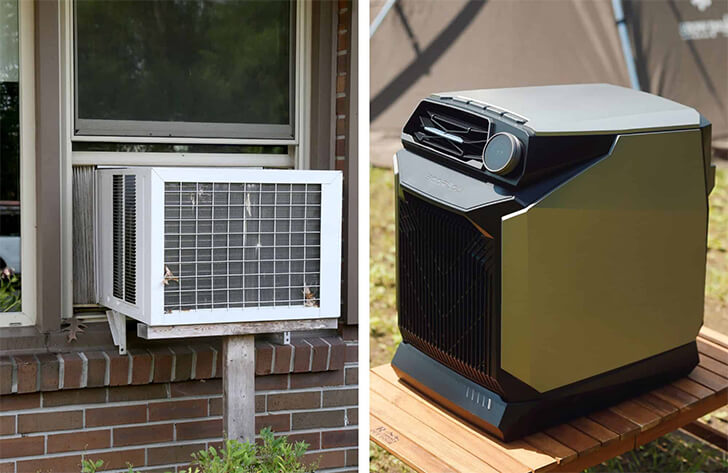
Eco Flow / Blog
A comparison between portable air conditioners and other AC types like window split or central units can further assist in making the right decision.
Portability: Unlike fixed units, portable ACs can be moved from room to room, offering flexibility without requiring professional installation.
Cost: Generally, portable units are more affordable upfront but may be less efficient over time compared to fixed options like a window or split ACs.
Installation: Portable ACs are usually plug-and-play, requiring minimal setup. This contrasts with other types, which often need professional installation.
Key Considerations Before Buying
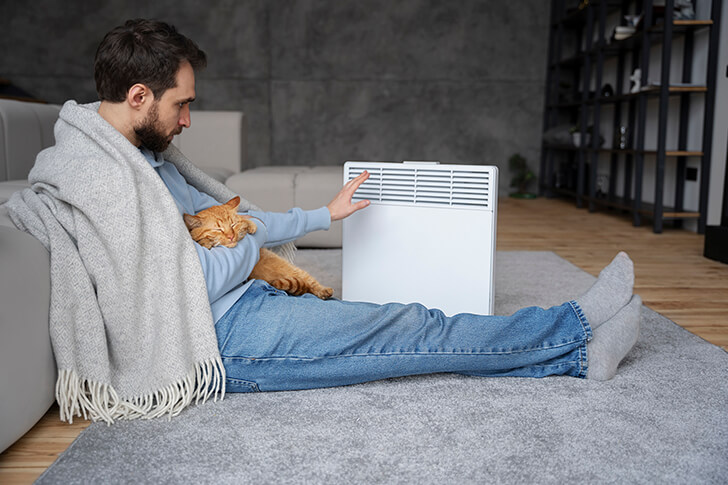
Freepik
When contemplating a portable air conditioner, consider the following factors to ensure you pick the right unit for your needs:
Room Size: Accurately measure the space you wish to cool and match it to the suitable BTU rating, as discussed earlier.
Window Access: Most portable ACs vent hot air through a window exhaust kit. Ensure you have suitable window access and that the kit fits your window type.
Noise Level: Portable ACs can be noisier than fixed units. If you're sensitive to noise, look for models known for quieter operation.
Energy Efficiency: Investigate the unit’s energy efficiency rating (EER) to gauge how much it will cost to run. Higher EER ratings often mean lower energy bills.
Additional Features: Consider additional features like dehumidification, remote control, and programmable timers that add to the convenience.
Portable air conditioners offer a convenient and flexible cooling option for various spaces, whether it's a temporary living situation or a home without the capacity for fixed units. By understanding BTUs, comparing with other types of ACs, and considering factors like room size and window access, consumers can make an informed decision that suits their needs.
Remember, the best choice isn't always the most powerful or the most expensive unit but the one that aligns most closely with your specific requirements.
show more

















